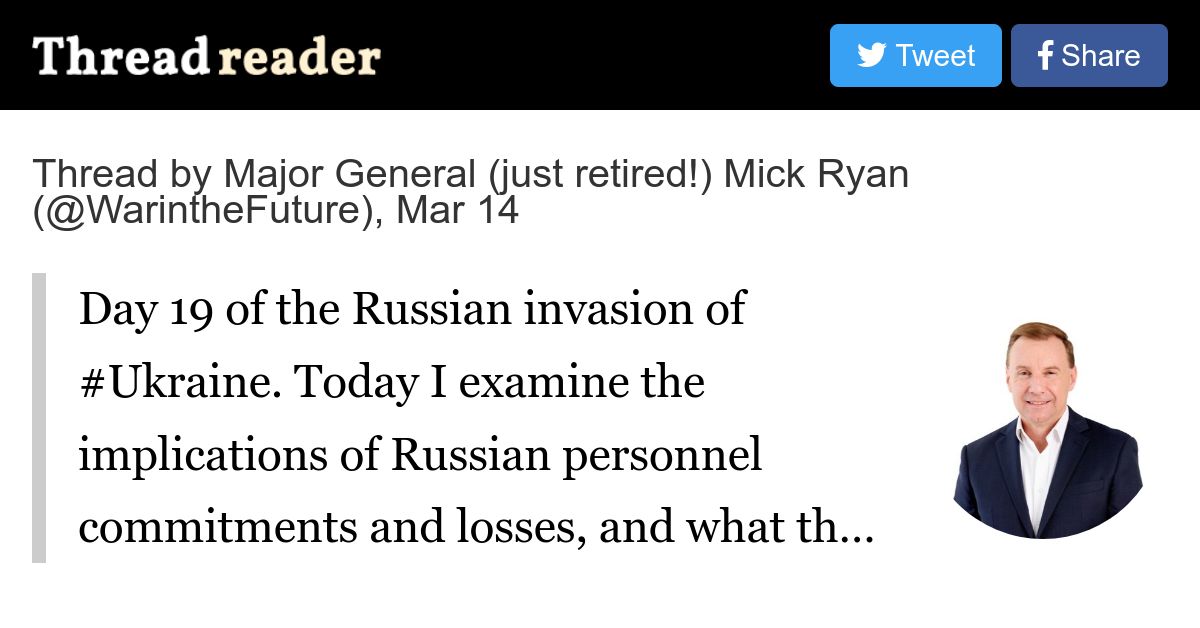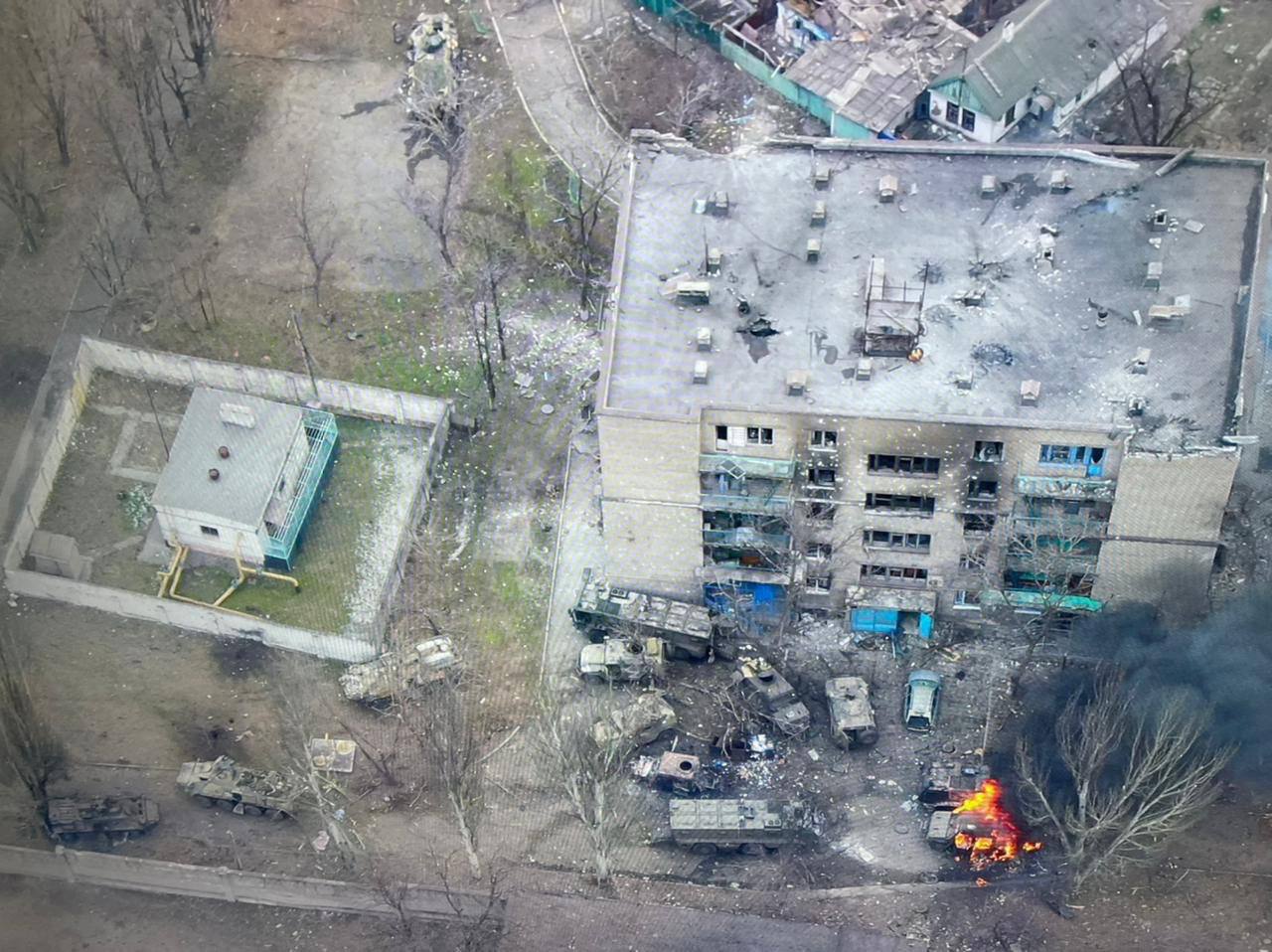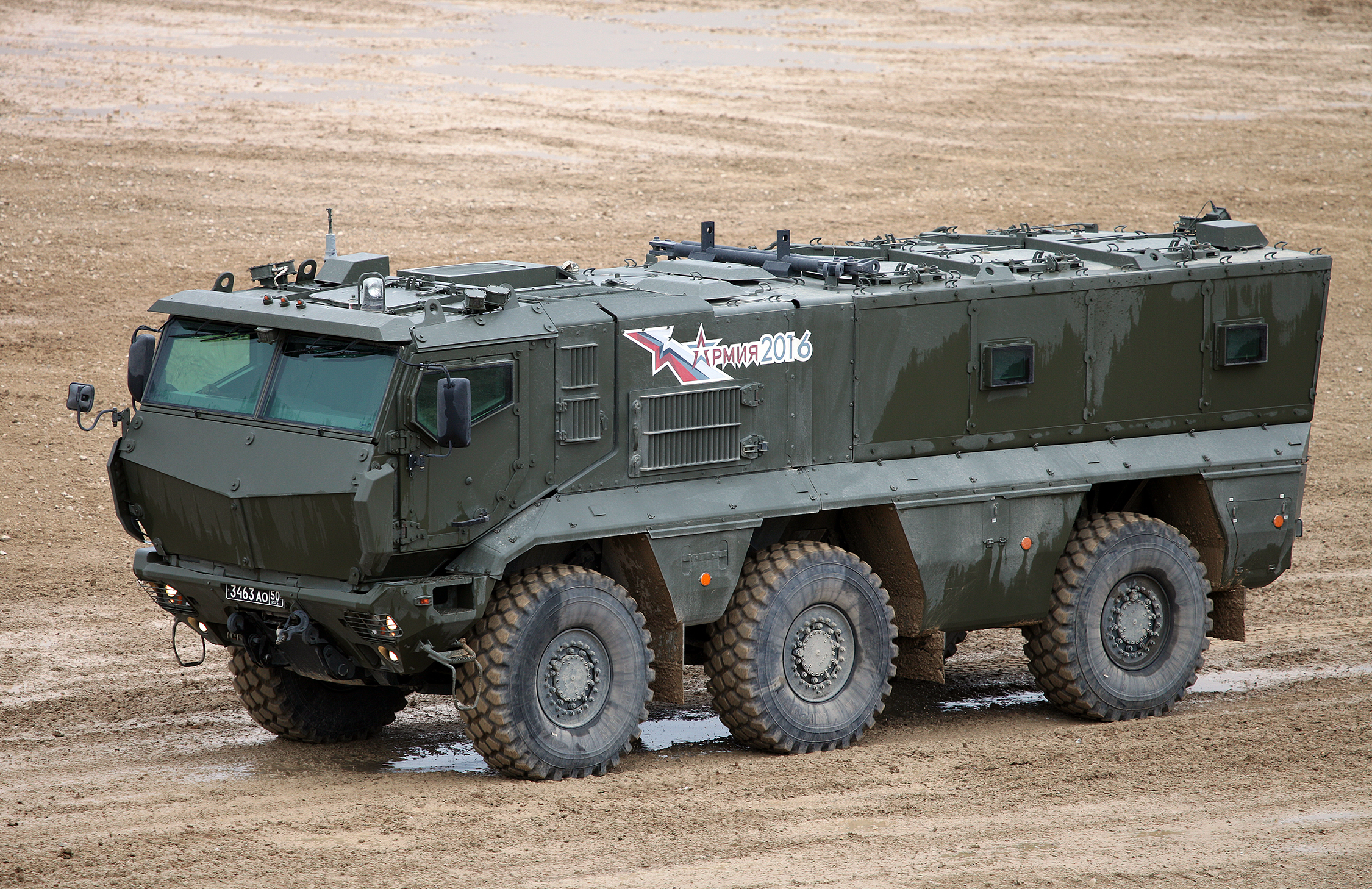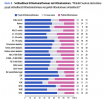Day 19 of the Russian invasion of #Ukraine. Today I examine the implications of Russian personnel commitments and losses, and what this now means for their campaign. 1/25
2/25 As always, a shout out to those reporting on the Russian invasion. This includes @KofmanMichael @maxseddon @IAPonomarenko @RALee85 @shashj @DanLamothe @ikhurshudyan @IanPannell @ChristopherJM @KyivPost among others. Please follow them.
3/25 Almost a week ago, I explored the Russian campaign, and how it had already absorbed 100% of allocated forces. It is worth revisiting this issue, as we have seen the Russian forces adapt to this reality over the past week.
4/25 Russia committed around 55% of their total regular ground forces to their invasion of Ukraine. It was tactical risk. While there are forces still in Russia for reinforcements, they are either on other missions, in training, or of a lower quality (esp their reserves).
5/25 It is also a strategic risk. Russia has deployed a large proportion of its ground combat power on a single mission that it hoped would be over quickly. This was not a calculated risk by the Russians; it was a gamble. There is a big difference between the two in military ops.
6/25 Plan A was the ‘fast, cheap and easy’ campaign plan. Use light and airborne forces to seize Kyiv and other key points, capture government leaders and force a political accommodation from Ukraine. Within 48 hours, combat losses indicated to Russian commanders this had failed.
7/25 Therefore they needed a Plan B without a massive additional injection of forces. If the Russians had been clever as many thought, they would have wargamed worst case scenarios during the build-up phase of this invasion.
8/25 They clearly did not wargame – or not rigorously enough if they did. But then again, these are the same folks who have talked up concepts like ‘strategies of limited action’.
9/25 So, the Russian campaign Plan B after day 2 of the war has been ‘creeping, multi-axis attrition’. It features lots more firepower, as well as destruction of smaller cities to set an example for Kyiv. Plan B also appeared to hope the Russian Air Force eventually turns up.
10/25 The latest Pentagon background brief notes Russian forces are now at about 90% strength of the original forces that invaded the country. This is optimistic. Even in most benign circumstances, losses to minor medical conditions, psych issues, etc eats away at forces.
11/25 Plan B has not worked out either. They have slowly gained ground, but at massive cost in personnel & equipment. At the same time, rear area security has suffered. This is obviously a trade off by the Russians so they can push forward as much combat power as possible.
12/25 But rear area security is a significant mission, and normally absorbs thousands of troops (infantry, air defence, cavalry, engineers, etc). Because the Russians have incompetently executed this mission, there have been constant ambushes against logistics convoys.
13/25 These ambushes on logistics convoys are another source of attrition in personnel, supplies and equipment to add to combat losses, and (if it is to be believed) combat refusals and desertions from Russian troops.
14/25 As open source, as well as UK and US military briefs, note, the Russian advances in the north, east and south are grinding to a standstill. They have been out fought by the Ukrainians and have not been able to logistically sustain advances on multiple fronts.
15/25 Summing up, Russia has not achieved its key military objectives in the north, east of south. It is conducting concurrent offensives in different, disconnected parts of Ukraine. It has committed all the military forces it had for Ukraine on these missions.
16/25 The Russian campaign, if it has not already, is about to culminate. US doctrine defines this as (for offense) “the point at which continuing the attack is no longer possible and the force must consider reverting to a defensive posture or attempting an operational pause.”
17/25 So, the Russian high command has had to go back to drawing board (again) with their campaign design. As I noted in an earlier thread, it is through campaign design that commanders and their staffs’ sequence and orchestrate tactical goals and actions.
18/25 Now we see the beginnings of Russia’s ‘Plan C’ campaign in Ukraine. It is an even more ad hoc & brutal plan that their two previous attempts. This demonstrates Putin's frustration, the desperation of Russian military leaders & weakness in the Russian military position.
19/25 Plan C might be described as: hold current gains, long range firepower on cities, foreign fighters as cannon fodder, destroy as much infrastructure and manufacturing capacity as possible, expand the war to the west to deter foreign volunteers & aid providers.
20/25 This will permit the Russians to economise in personnel, trickle in replacements (and foreign mercenaries), while expending large amounts of cheap artillery and rockets in the hope they can terrorise Ukrainian civilians to force a political accommodation.
21/25 Two final issues. First, the number of personnel committed demonstrates that the Russians miscalculated & under resourced the war. Best case planning rarely works. Russia is also now probably suffering from the ‘sunk cost’ fallacy over its Ukraine operations.
22/25 As we have seen in other wars however, countries adapt to wartime crises & survive longer than logic dictates. Under Putin’s leadership, the Russian’s are likely to do this. And the Ukrainians will keep fighting conventionally or in an insurgency. It will be a long war.
23/25 This in turn, leads to the second issue. There may be a requirement for a military intervention if the west doesn’t want a forever war on the doorstep of Europe. The US and NATO may have to start making some hard military choices that they have been delaying.
24/25 Provision of lethal aid is low cost in money and personnel. But to end this war, something more may be needed. Estimates (not fear) of Russian escalation should inform decisions, but not defer them.
America’s Hesitation Is Heartbreaking
As the leader of NATO and of the free world, the United States needs to think much bigger than it has thus far.
As the leader of NATO and of the free world, the United States needs to think much bigger than it has thus far.

www.theatlantic.com
25/25 Russian operations have been compromised by the size of their forces committed, and force attrition. This now has strategic consequences as their campaign culminates, and adapts to be firepower-centric, resulting in mass destruction and deaths of Ukrainian civilians. End.










